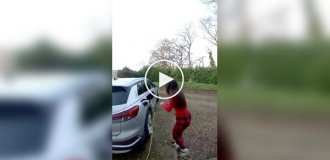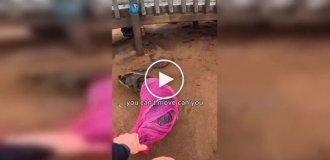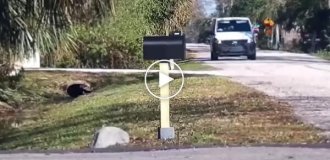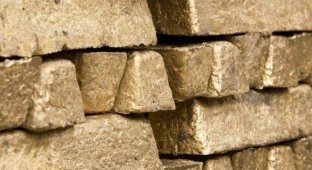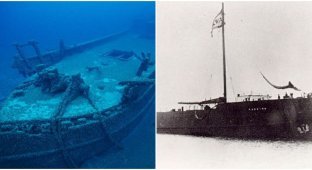For more than 130 years, a sunken steamship was hidden under a corn field, its holds were filled with valuable cargo (13 photos)
In 1988, in Kansas, in a field at a depth of 15 meters, treasure hunters discovered a steamship that sank 132 years ago. How the ship ended up at such a depth, why treasure hunters were looking for it, and what was found on board I will tell you in this post. 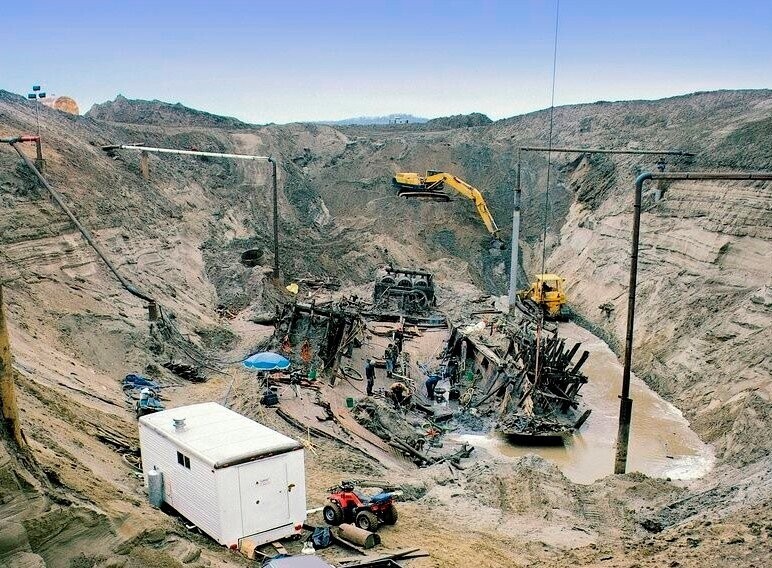
The found ship is called "Arabia". It was built in 1853 and put into operation in the same year. It was a cargo-passenger type of steamship with a large paddle wheel. A very interesting fact is connected with its name. The fact is that the Americans have a saying: “a well-built steamship will sail on the sands of Arabia.” The manufacturer stated that this was an excellent vessel and that’s why he named it that. True, "Arabia" was not destined to sail for long. 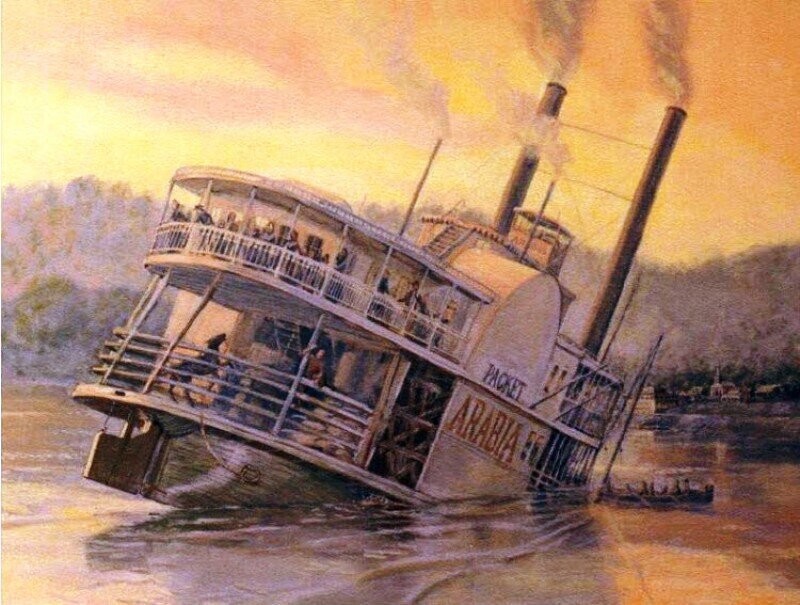
Artistic reconstruction of the wreck of the ship "Arabia"
If we talk about the Mississippi, the main waterway of the United States, it is a relatively calm river, especially if you go downstream, in contrast to the Missouri, the second largest tributary of the Mississippi. The Missouri is a very difficult and even dangerous river to navigate. Over the course of the 19th century, dozens of ships sank here and many people died. Treacherous sandbanks that move due to strong currents and fallen trees were a real scourge of the river. Meanwhile, transportation across Missouri was a very profitable business. So just one voyage of a steamship during the time of "Arabia" could cost up to 15 thousand dollars. 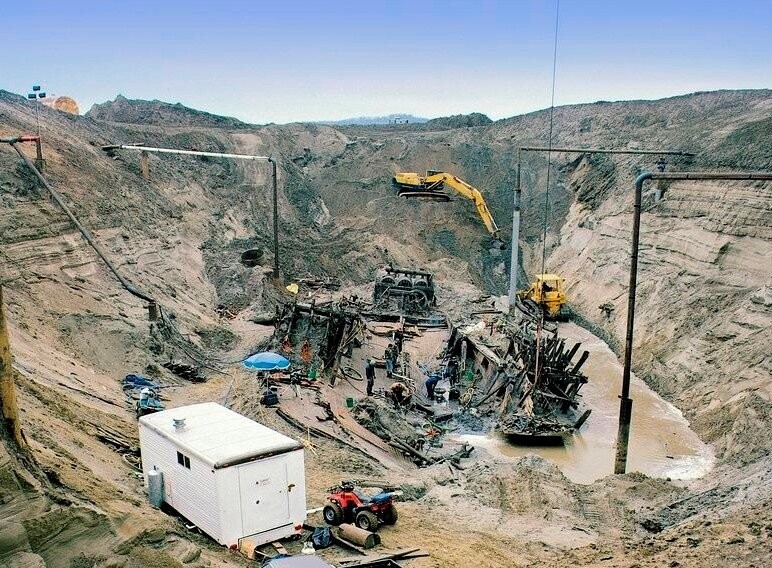
Excavations of the ship "Arabia"
September 5, 1856 Arabia departs St. Louis for Sioux City. In total, there were about two hundred tons of cargo and 130 people on board, including the crew. After a short stop in Kansas, the steamer again entered the river and an hour later the passengers heard a crash and felt a strong blow. The submerged walnut tree trunk went unnoticed and pierced the ship's 76 millimeter thick wooden plating. According to the recollections of one of the eyewitnesses, the holds very quickly filled with water and the ship began to tilt. Everything went well for the passengers of the Arabia. People were successfully evacuated on boats and escaped with only a slight fright, which cannot be said about the ship itself and its cargo. The river in this place was not too deep and, having sank to the bottom, only the pilot house remained on the surface.
There were no attempts to raise it at first. Insurers did not even consider this option, because it would be more expensive than paying an insurance claim. After some time, rumors began to circulate around the Arabia that there were jewelry and hundreds of barrels of expensive whiskey on board. Unsuccessful attempts by enterprising citizens began to get the cargo from the bottom. By the way, alcohol was indeed among the registered cargo, as well as cigars, porcelain, cosmetics, medicines and other goods. Rumors of untold riches intensified after in 1871 local residents were able to lift several barrels of whiskey and a box of porcelain from the bottom. 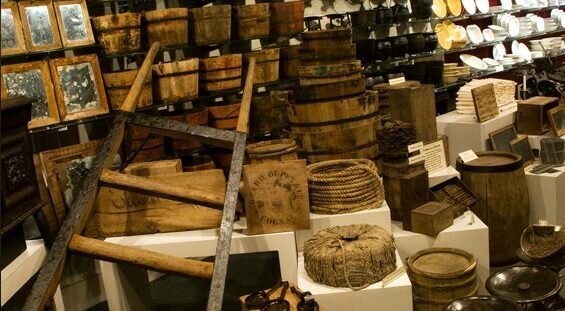
Cargo of the ship "Arabia" in the museum
But the truly serious attempts to recover anything from the holds of the sunken ship belong to Robert Treadway and Henry Tobner. They invested a total of $2,000 into this endeavor and worked for 4 months. But the result did not live up to expectations, because they only managed to lift a box of hats. By the end of the 19th century, the riverbed of the Missouri, right in the place where the shipwreck occurred, began to shift and eventually went sideways by about 800 meters. The steamship, in turn, was buried under a layer of sand, clay and earth carried by water currents, in hydrology this is called sediment. As a result, where there used to be a riverbed is now dry land, and the ship was literally underground. During the 20th century, attempts were still made to excavate "Arabia", but all of them were unsuccessful. Until 1987. 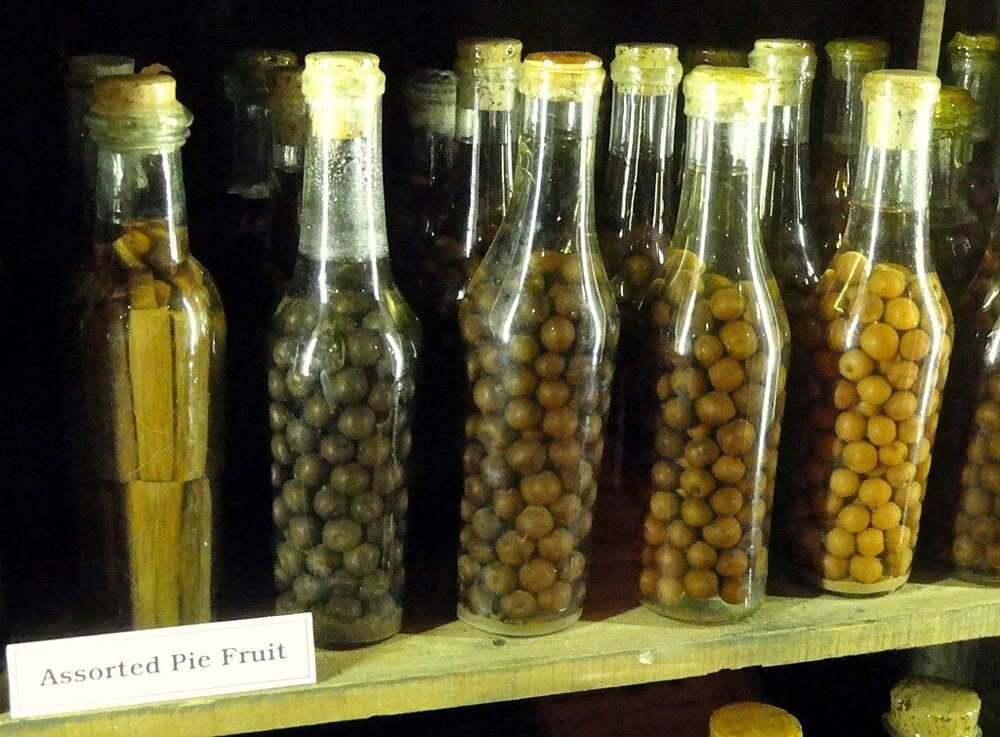
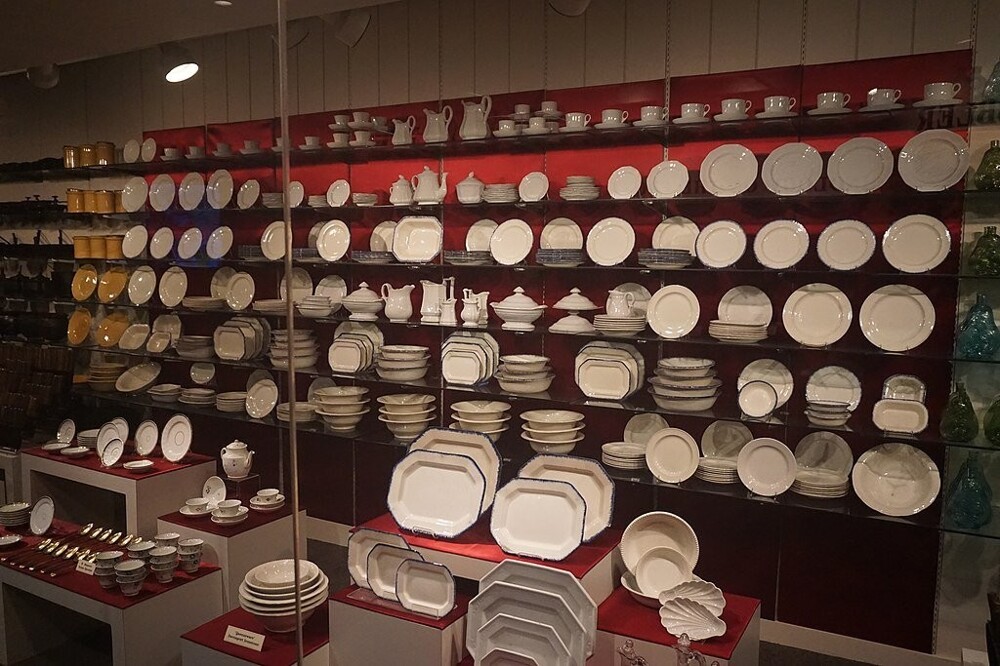
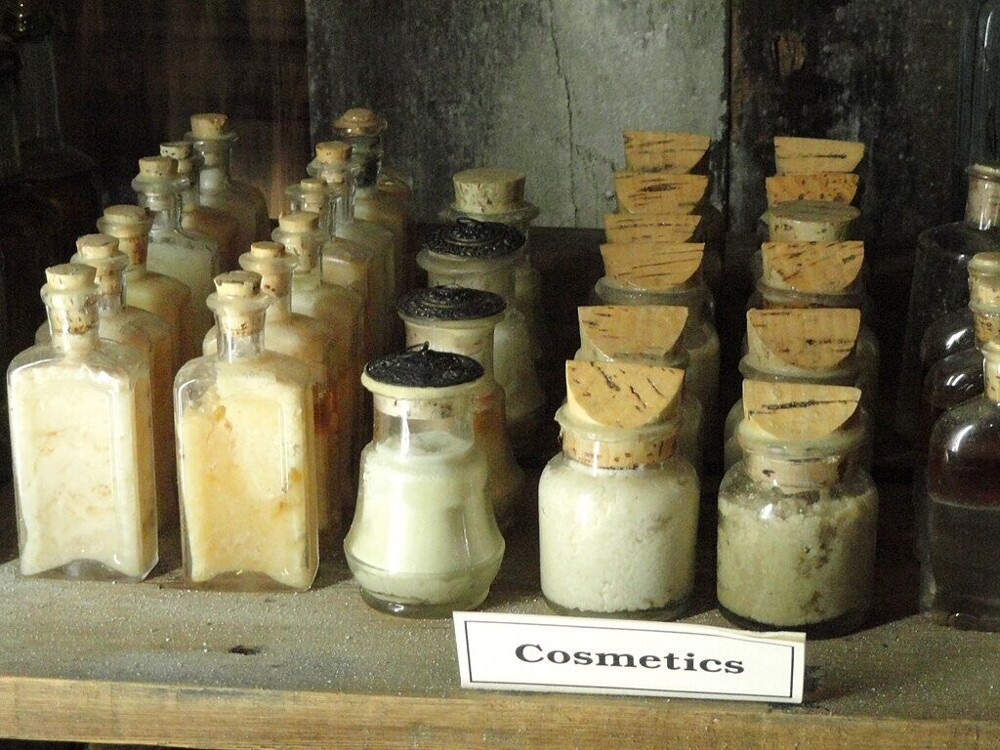
Canned berries found on board the Arabia
The search for the once sunken and now buried steamer Arabia was undertaken by entrepreneurs brothers Greg, David, their father Bob Hawley, as well as their partners Jerry Mackey and Dave Luttrell. The Hawley family had a small business related to refrigeration units, but they could not make much money from it. Then, together with Jerry and Dave, they decided to look for and sell antiquities. To do this, they had to travel all over the state in search of treasures, but even here nothing really worked out. Then the company decided to study old newspapers and came across articles about the Arabia steamship that sank in 1856. They were interested in this and therefore it was decided to delve into this issue and become the first to finally get all the cargo from the ship. Having compared modern (at that time) maps with old ones, they discovered the old river bed, but there was now a farm there, owned by Norman Sortor, who, after negotiations, provided the field for excavation. 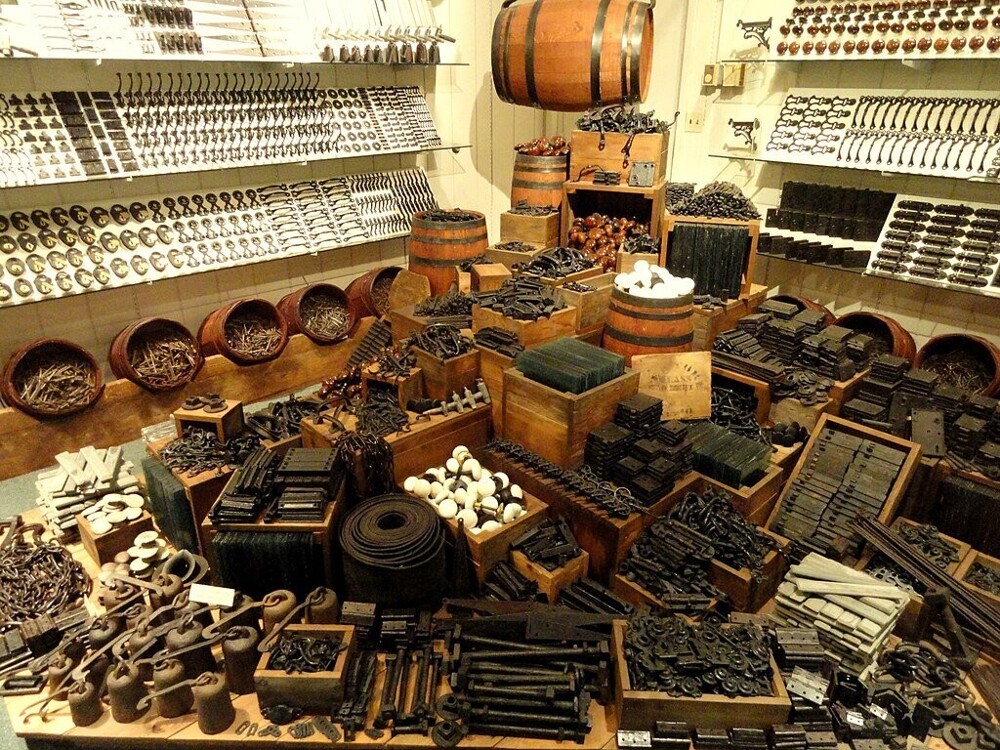
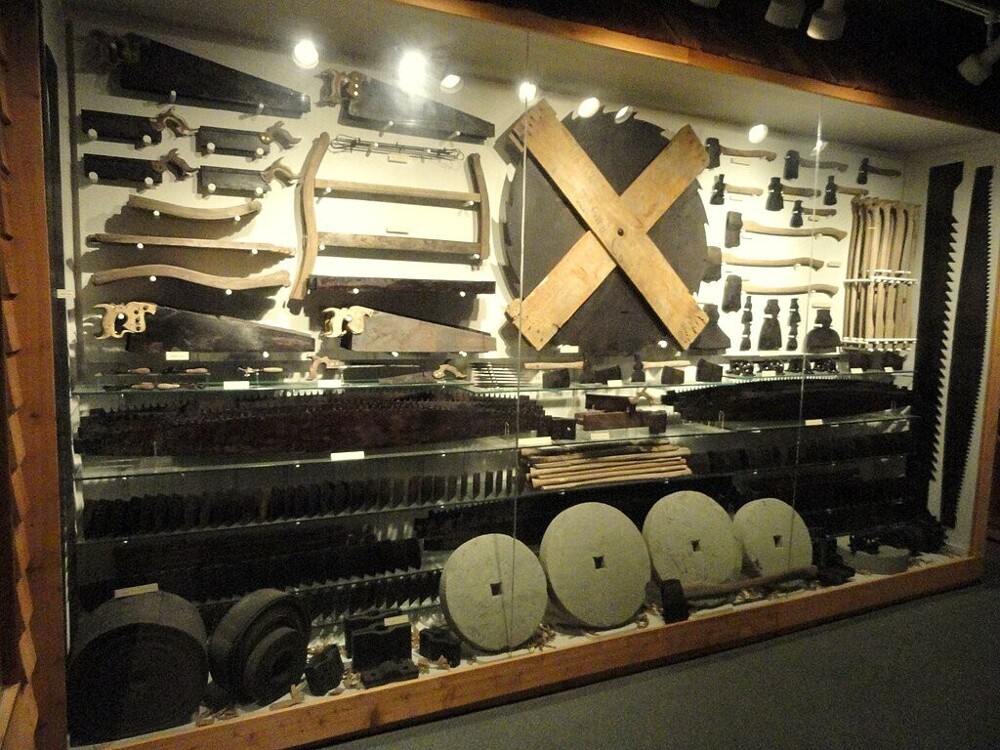
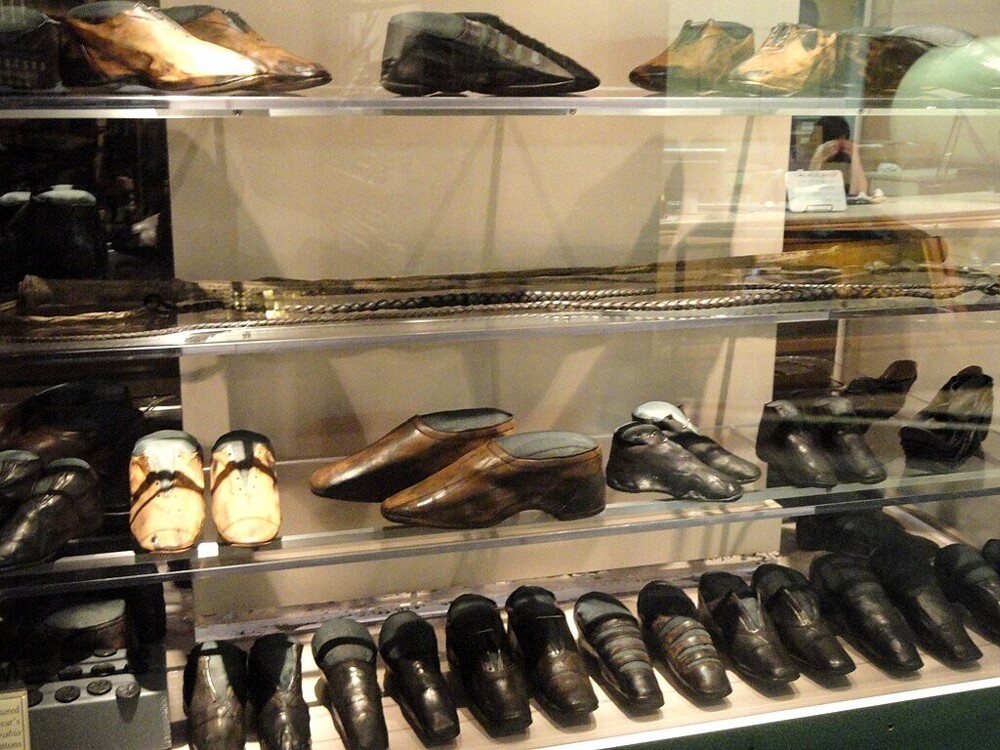
Finds from the ship "Arabia"
The search began in July. The field was checked with a magnetometer and it turned out that there was indeed a large metal anomaly at a depth of about 15 meters. In November of the same year, work began on draining groundwater and the excavations themselves. It was decided to conduct them in winter, when the water level in the river is minimal. The first discovery was made on November 30, it was a pair of shoes, and in December a whole box of goods was discovered. Work was carried out all winter.
Among the cargo of the ship "Arabia" were both ordinary goods such as shoes, cosmetics, tools, ointments, tablets and other medicines, etc., and luxury items, such as berries preserved in cognac from France, bottles of gin, cider, wine, expensive porcelain sets of dishes, cigars, there were even oysters and coffee beans and even weapons. 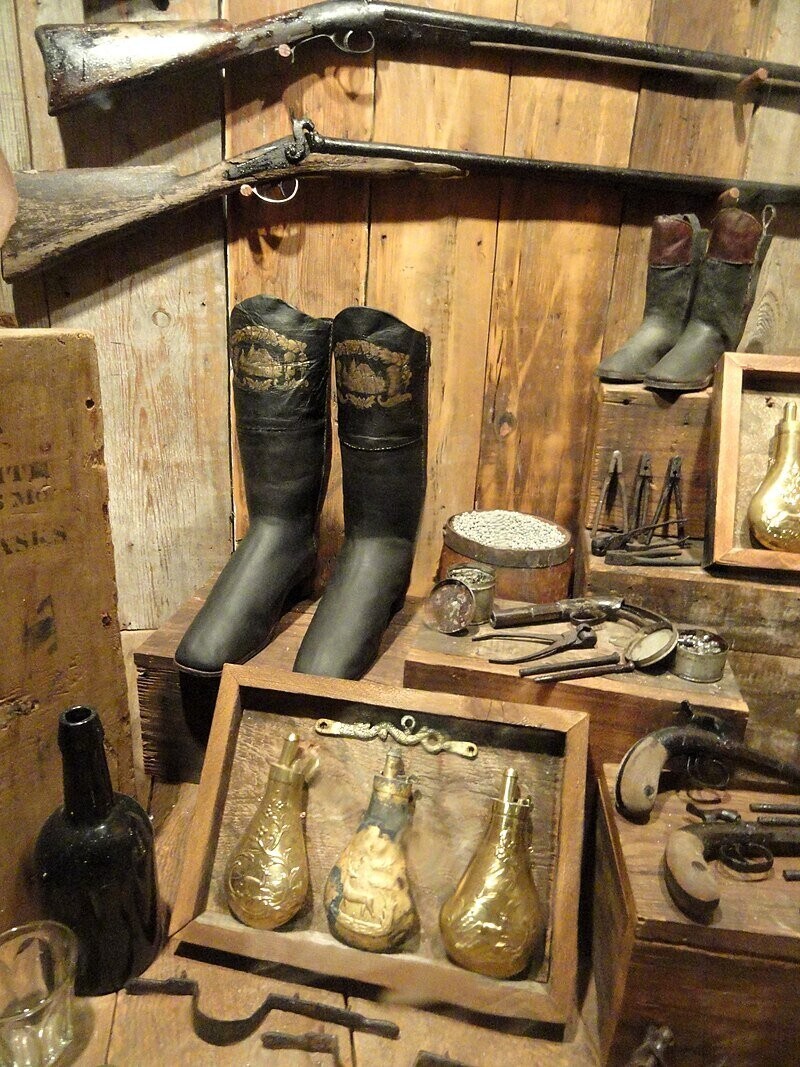
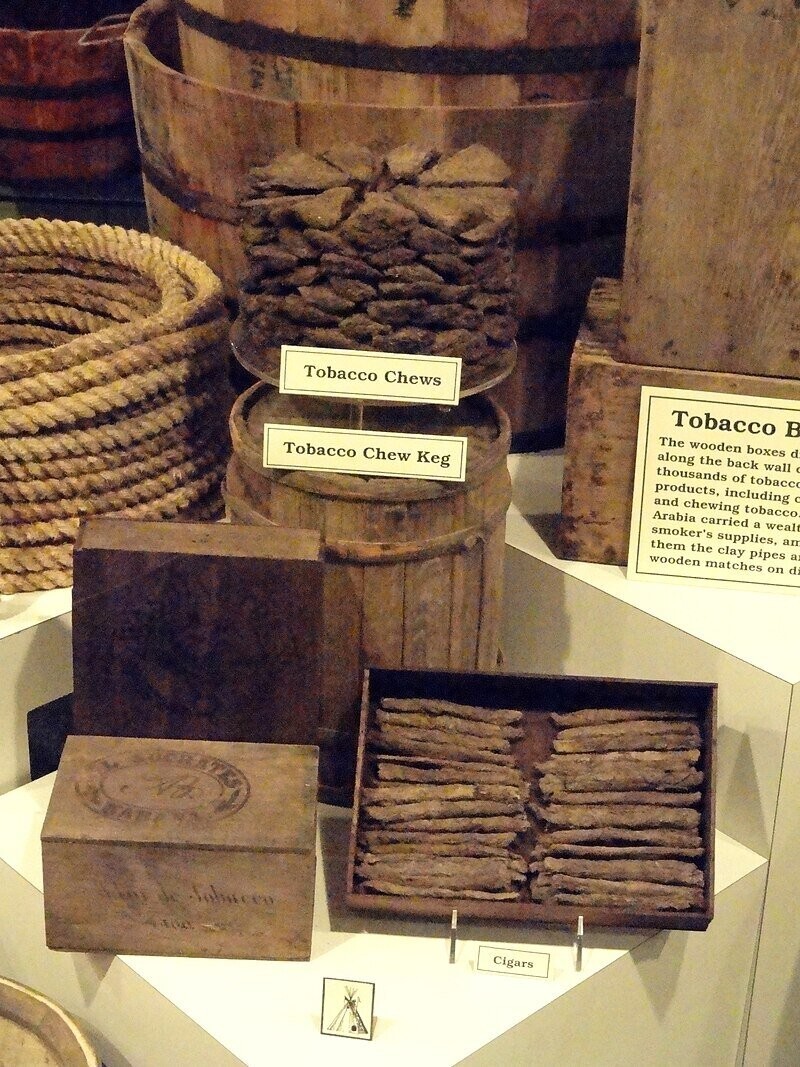
Archaeologists were dissatisfied with the work of the Hawley family and partners. They criticized the "treasure hunters" for being completely ignorant of excavation and conservation. According to the laws of the state of Kansas, real archaeologists still had to be hired to supervise the process. The entrepreneurs themselves in the center of Kansas City (the modern name of the city of Kansas) began construction of the Arabia Museum, which cost them 750 thousand dollars. In 1991, the museum was opened to visitors. The originals of not only the cargo from the ship, but also the parts of the ship themselves are displayed everywhere: the anchor, the paddle wheel, various mechanisms, etc. The museum even has a piece of wood that pierced the skin of the steamship. 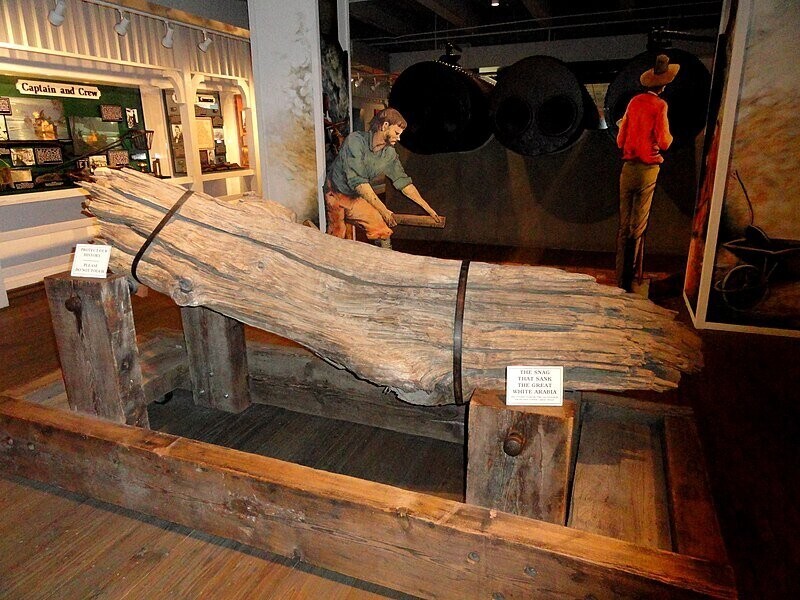
The collection collected in the museum is the largest collection of items from the antebellum United States. This is literally a cross-section through which we can better understand what people did then, what was in their everyday life, etc.


